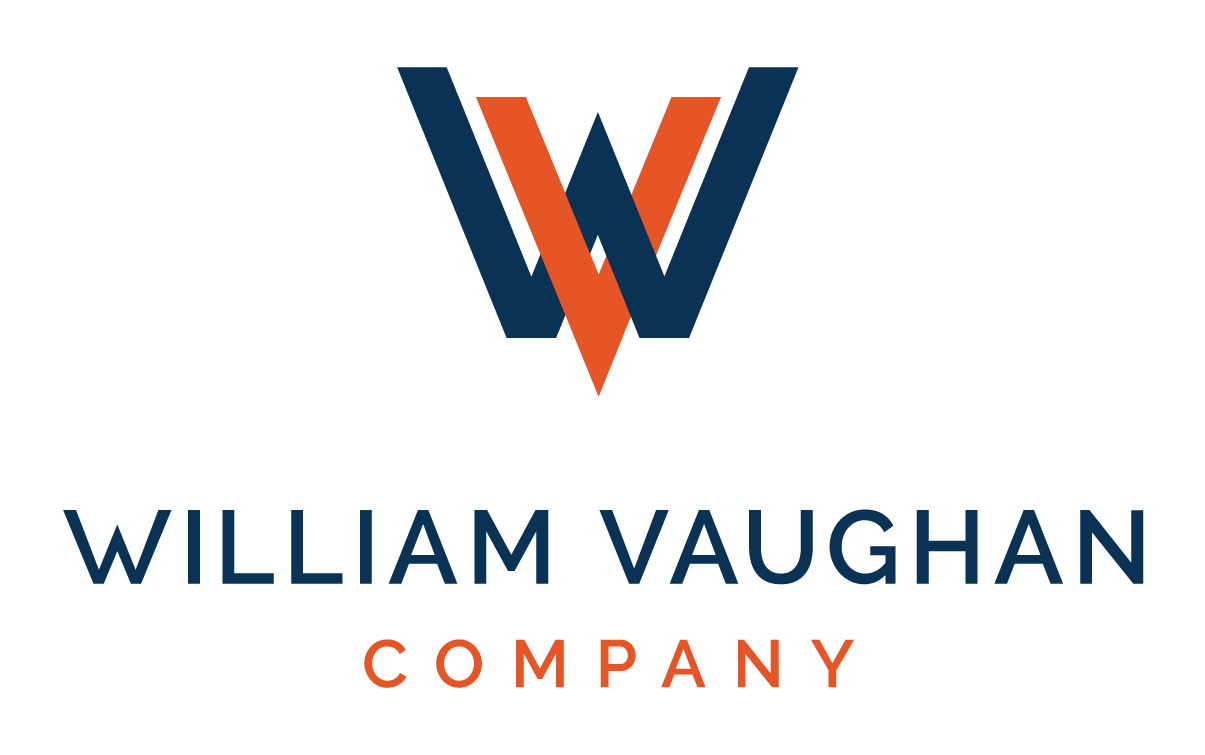Working Capital In A Deal: Deal Maker or Deal Breaker?
May 09, 2025
In M&A transactions, working capital is often a critical but underestimated factor. Misunderstandings or misalignment around this concept can derail a deal, impact the purchase price, or create post-close complications. A clear understanding of working capital and its role in deal mechanics can significantly reduce these risks.
What is working capital?
Working capital represents the liquidity available for a business’s day-to-day operations, calculated as current assets (e.g., cash, receivables, inventory) minus current liabilities (e.g., payables, accrued expenses). Most deals are structured on a cash-free, debt-free basis, with an emphasis on net working capital (NWC)—excluding short-term debt—to evaluate the operational baseline of the business.
Working capital from the seller’s perspective.
Before entering the market, it is crucial for a seller to establish a comprehensive working capital mechanism. This should encompass precise definitions and the relevant accounting principles, leaving no room for misinterpretation. Collaborating with a due diligence advisor to establish realistic figures and draft clear agreement language can help ensure a fair and balanced transaction. Neglecting this step may inadvertently provide the buyer with a competitive advantage.
Key considerations for a seller in developing a working capital mechanism include:
- Business Seasonality: Understanding seasonal fluctuations that may affect working capital requirements.
- Business Growth: Anticipating future working capital needs that may diverge from historical data due to growth.
- Industry Working Capital Trends: Being aware of prevailing trends within the industry that could impact working capital expectations.
- Single Transaction Impact: Identify any significant one-time transactions that could cause deviations in the company’s working capital from the norm.
Working capital from the buyer’s perspective.
Buyers rely on NWC as an indicator of operational health and aim to avoid post-close capital injections. The working capital “peg” is a negotiated target that ensures the business is transferred with adequate operating capital. Factors for a buyer to consider:
- Review Working Capital Agreements: Proactively addressing potential issues can prevent delays in closing the deal.
- Accruals & Reserves: Include items like vacation pay, bonuses, warranties, and sales allowances.
- Assess Cutoff Issues: Verify that interim period cutoff issues are adequately accounted for.
- Consider Business Growth: Determine if the business and its working capital needs are expanding.
Avoid letting working capital derail your transaction.
Understanding the intricacies of working capital—an often highly negotiated component of M&A transactions—can significantly enhance both buyers’ and sellers’ prospects for post-closing success. Engaging a due diligence advisor early in the process, particularly during the LOI phase, can help navigate complexities, mitigate unexpected challenges, and contribute to the overall success of the transaction.
Connect With Us.
Patrick Mannion, Managing Director
Transaction Advisory Services
Categories: M&A
Before the Deal: An Introduction to Due Diligence
Mar 24, 2025
Understanding Buy-Side and Sell-Side Due Diligence
Buying or selling a business is a highly intricate process that requires strategic foresight and rigorous analysis. Whether operating on the buy-side or sell-side, conducting comprehensive due diligence is the cornerstone of deal success, mitigating exposure to financial, operational, and legal risks.

What is due diligence?
Due diligence is an investigative process designed to validate and assess all material aspects of a potential transaction. It involves a deep dive into financial, legal, operational, technological, and commercial factors to ensure a well-informed decision-making process. Due diligence highlights considerations by providing an investigative lens that ultimately protects the buyer and the seller from potential pitfalls, safeguarding against unforeseen liabilities and value erosion.
Basics of Buy-Side Due Diligence
On the buy-side of a transaction, ensuring that a potential target is a solid investment and aligns with your business’s overarching goals is paramount. Therefore, the primary focus of buy-side due diligence is to verify the accuracy and integrity of the seller’s financial disclosures while identifying potential red flags. Key areas of review include:
- Quality of Earnings (QoE): Assessing revenue sustainability, EBITDA adjustments, and non-recurring expenses to gauge true earnings power.
- Cash Flow Analysis: Examining historical and projected free cash flow to ensure liquidity adequacy and debt serviceability.
- Balance Sheet Strength: Evaluating working capital efficiency, asset quality, contingent liabilities, and off-balance sheet exposures.
- Legal & Compliance Risks: Identifying potential litigation, contractual obligations, and regulatory concerns that could impact post-transaction integration.
While audited financial statements provide a fundamental baseline, they often fail to capture operational synergies, market positioning, and cultural fit – making an integrated due diligence approach essential.
Basics of Sell-Side Due Diligence
For sellers, a proactive due diligence strategy enhances deal certainty and strengthens negotiating leverage. The goal is to preemptively identify and address areas of concern that could derail valuation or delay closing. Sell-side due diligence entails:
- Financial Statement Readiness: Ensuring GAAP/IFRS compliance, reconciling discrepancies, and preparing robust financial models to withstand buyer scrutiny.
- Legal and Regulatory Preparedness: Resolving outstanding liabilities, clarifying ownership structures, and securing necessary approvals to expedite deal execution.
- Commercial Positioning: Validating customer contracts, market share stability, and competitive differentiation to justify premium valuations.
By conducting due diligence preemptively, sellers can bolster buyer confidence, minimize post-LOI renegotiations, and drive a more efficient closing timeline.
Making Informed Decisions
Regardless of deal positioning, due diligence is a critical component of transactional success. Whether assessing an acquisition target or preparing for a liquidity event, the process is inherently resource-intensive and demands meticulous planning. Engaging a third-party advisory firm can provide an independent, data-driven perspective, enhance deal certainty, and optimize transaction outcomes.
Connect With Us.
Patrick Mannion, Managing Director
Transaction Advisory Service
spatrick.mannion@wvco.com
Categories: M&A
